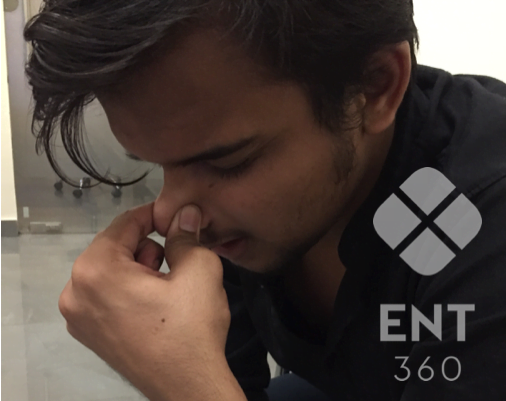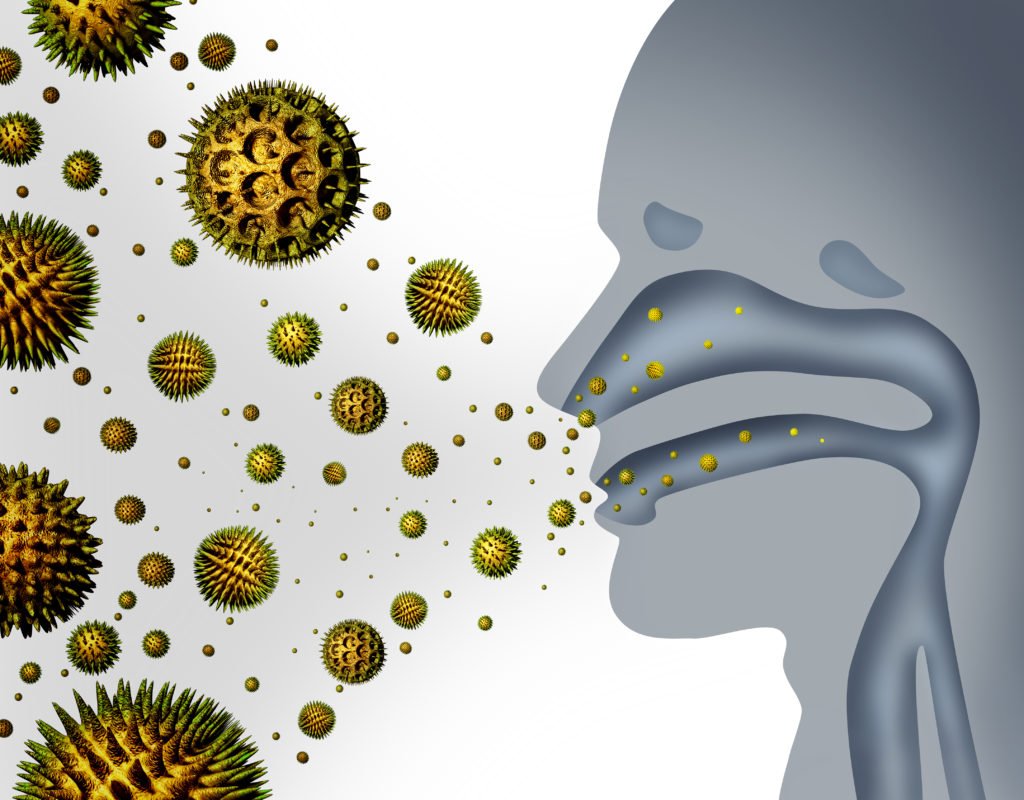Nosebleed after COVID-19 is being reported by those who recovered after the second wave. It is a very alarming symptom for the patients and their families. I have written about common causes of epistaxis in children, adults and the elderly in my previous blogs. So what makes nasal bleeding in COVID-19 patients different? We will discuss the reasons and their prevention in this article.
What is COVID-19?
Only the most blessed on this planet won’t know the answer to this question as hardly anyone remains untouched by the pandemic. COVID-19 is a viral illness caused by infection by the SARS-CoV-2 virus. It first started infecting humans in late 2019, starting in China, since then it has caused 18.3 crores cases worldwide with 2% mortality.
Incidence of nosebleed in COVID-19
Nasal bleed has been identified in a minority of the recovered population, exact incidence is not known.
Mechanism of infection of SARS-CoV-2 virus
The SARS-CoV-2 virus enters the cell by attaching to the ACE-2 receptors found in various tissues of the human body. The nasal epithelium (i.e. the nasal mucosa) is very rich in these receptors. Hence, an obvious target for the virus. After entering the cell, the virus uses the cellular machinery to make multiple copies of itself. The presence of the virus in the infected cells activates the immune system and results in the immigration of the inflammatory markers and cells. This persistent inflammation of the mucosal lining has been seen in patients who recovered from COVID-19 even 5 months after recovery.
Cause of nosebleed after COVID-19
Inflammation
Inflammation anywhere in the body results in increased blood flow to the organ. This presents as a feeling of congestion, watering, and itching in the nose. Any trauma to inflamed mucosa of the nose can result in bleeding.
Trauma – most common cause of nosebleed after COVID-19
A common factor noted in patients with a nosebleed after COVID-19 was moderate to severe disease that needed supplemental oxygen. Prolonged use of high flow oxygen tends to dry out the nasal mucosa. Cracking and crusting traumatize the dry mucosa lead to bleeding. This can be alleviated to some extent by humidifying the oxygen.
Ill-fitting nasal prongs for oxygen delivery, directly injure an area on the nasal septum. This vascular area is known as the Little’s area. Antibiotic ointments, adequate hydration and judicious use of decongestants help in speedy recovery of trauma.
Black fungus(mucormycosis) and nosebleed
Frank nosebleed isn’t a symptom of black fungus(mucormycosis). However, dark blood-stained or blackish watery discharge may be seen in mucormycosis. Therefore, an early assessment by an ENT surgeon is important.
Nasal bleeding – First Aid

First aid for nosebleed after COVID-19 remains the same as for epistaxis due to any other cause. This is sitting leaning forward, breathing from the mouth, while pinching the soft part of the nose between the index finger and thumb firmly for 10-15 minutes. Icepack should be applied to the root of the nose and the malar region.
If the bleeding is persistent or severe a visit to the ENT doctor is necessary to rule out other causes.


